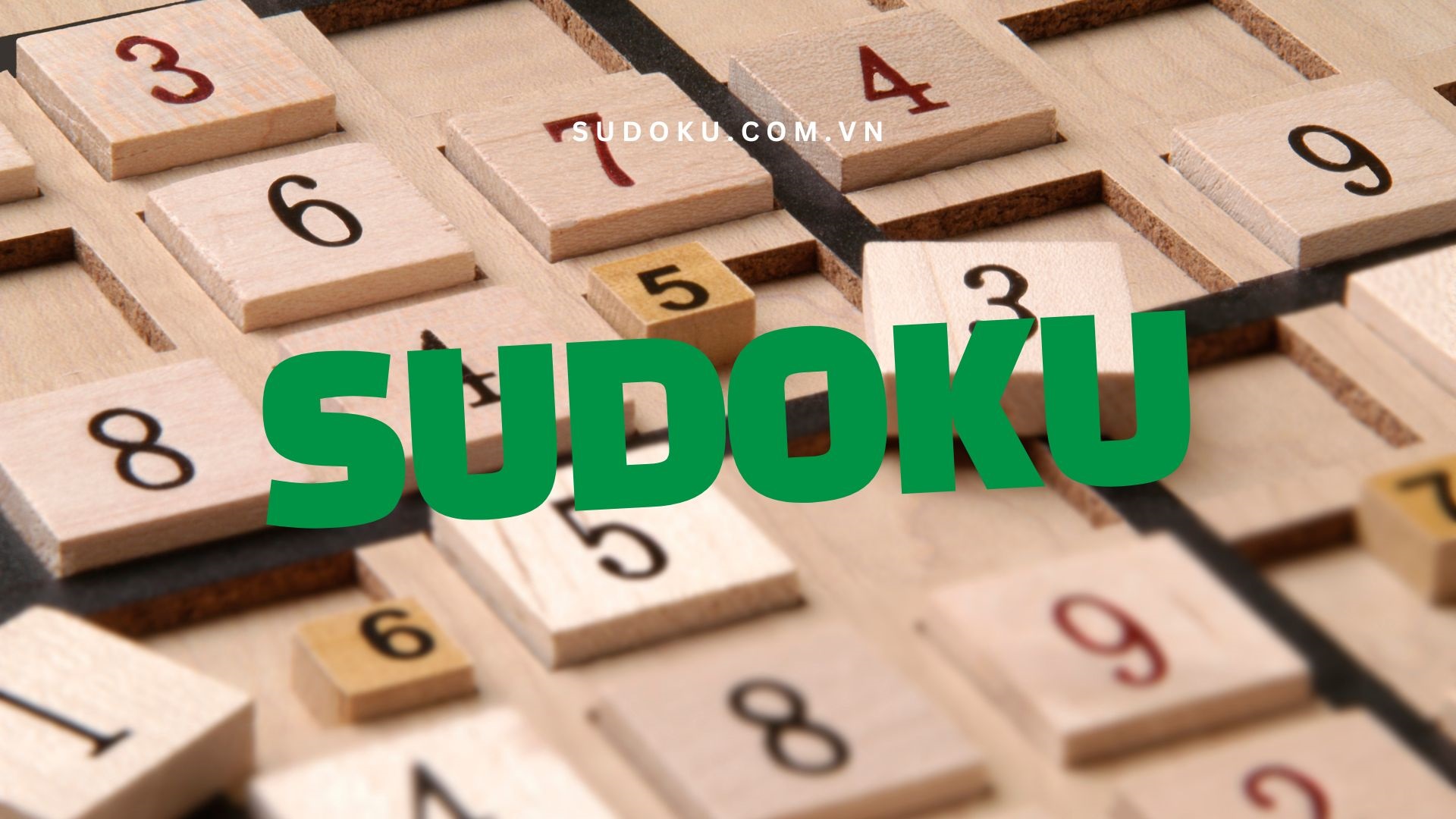Learn how to recognize a challenging Sudoku puzzle by examining the number of empty cells, limited clues, and the need for advanced solving techniques.

Sudoku is a fascinating logic game that helps improve your logical thinking and patience. However, not all Sudoku puzzles are equally difficult. So, how can you tell if a puzzle is hard? Here are some signs to help you identify a difficult Sudoku puzzle:
A high number of empty cells
A difficult Sudoku puzzle usually contains more empty cells than an easy or medium one. The more empty spaces there are, the more steps you’ll need to take and the more strategies you’ll need to try to find the correct numbers.
Few given clues
Easier puzzles often provide many starting numbers, making it easier to spot patterns and fill in the blanks. In contrast, harder puzzles offer fewer clues, requiring players to rely on complex logic and advanced techniques.
Use of advanced solving techniques
If you need to apply methods such as Naked Pairs, Hidden Pairs, Chains, or Guess and Check rather than just scanning rows, columns, and boxes the puzzle is likely to be difficult.
Few or no obvious starting points
In challenging puzzles, you might not find any cell that has only one possible number at the beginning. This makes solving more complex and time-consuming.
Requires deep logical thinking
Difficult Sudoku puzzles often require players to analyze relationships between multiple cells at once, predict possibilities, and eliminate options step by step, rather than simply filling in numbers.
If you’re new to Sudoku, don’t worry if you come across a difficult puzzle. Start with easy or medium-level puzzles and gradually build up your logical thinking skills. Once you’re familiar with the techniques, you’ll be able to recognize and conquer even the toughest challenges!
